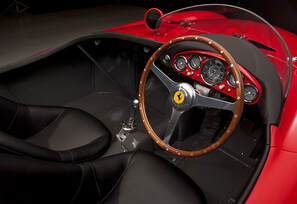 You can see this beautiful car in the 1959 Stanley Kramer classic film, On the Beach, a film about a world wide nuclear war. Toward the end of the film, actor Fred Astaire races down the road in his 1955 Ferrari 750 Monza Spyder... The asking price in 1955 for this limited edition Ferrari was about $7000. Recently, they can fetch over $5 million! The 750 Monza was designed by Dino Ferrari; only thirty-one were made, between 1954 and 1955. The Ferrari 750 Monza Spider is one of the wonders created by an artist who according to legend was able, in just a few minutes, to turn a sheet of aluminum into a perfectly smooth egg. Modena-born Sergio Scaglietti (1920-2011) – who in his youth had repaired countless car bumpers working as a tinsmith – used his hammer with the lightness and precision of a surgeon with a scalpel. In 1939, Enzo Ferrari – the founder of the world-renowned automobile company in Maranello – met Scaglietti and was immediately struck by his talent. A long collaboration and friendship began, with the artist-tinsmith creating some of Ferrari’s most beautiful cars throughout the 1950s, 1960s, and 1970s (including the iconic “Testa Rossa”).
4 Comments
The Alfa Romeo 6C 2500 Super Sport was the bridge between pre-war and post-war production and served as their last truly hand-built offering. Its styling was definitely looking toward the future. Through many series and variations, the 6C evolved through the years leading up to WWII and beyond, with engine displacement growing from 1500cc through to 2300cc and the chassis taking lessons learned on the racetrack by the Scuderia Ferrari racing team. Italy’s best coach builders had their turn with the 6C chassis, with the last-of-the-line 2500 Sport and short wheel base, triple carburetor Super Sport forming the foundation for post-war automobiles around the world. With its twin-cam engine and sophisticated independent suspension, the 6C 2500 is one of the best performing and most desirable automobiles of the era, a car that embodies both the past and present of Alfa Romeo.
The Lancia Astura Spider was produced between 1931 and 1939. Lancia replaced the Lambda model with two models: the four-cylinder Artena and the larger, V8-powered Astura. Both of these models were introduced at the Paris Motor Show in 1931. The Astura chassis was used by various coachbuilders to create coupes, convertibles and sedans.
This Spider version of the Astura, had an engine that gave 110 bhp compared with 82 bhp of the series version thanks to an experimental hemispheric cylinder head similar to the one of the new Aprilia. It was entered for the 1940 the Mille Miglia, but unfortunately Gigi Villoresi had a road accident during the running in of the car which prevented him from participating in the race. There was no Mille Miglia in 1939; the event was suspended in 1938 after an accident that took the lives of 10 spectators. In the post-war years, this car was raced by several Italian drivers, among whom Franco Cortese who gained the highest success, before being sold to the English drivers John Gordon and David Lewis who drove it at the 1949 Mille Miglia. Ending its race career, the car was used for much less noble actions: the smuggling of precious watches from Switzerland to Italy. Seized by the Swiss police, for many years the Astura remained forgotten in a warehouse, where it was rediscovered by Luciano Nicolis who brought it to Italy and had it restored in order to proudly use it at the most prestigious classic car events. 1963 Lancia Flaminia Sport 3C Zagato Following Lancia’s reorganization in 1955, the Flaminia line was introduced as the successor to the legendary Aurelia. It entered production in 1957 and not only employed an updated version of the DeVirgilio V-6 and rear-mounted trans-axle but also adopted an unequal-length double-wishbone front suspension to replace the sliding pillar front suspension Lancia had used since the 1922 Lambda. These modifications endowed the Flaminia with refinement and poise and served as the basis for a broad model range. In addition to the factory-built Berlina, Flaminias also were available as a coupe from Pinin Farina, as the GT and GT Convertible from Touring, and in the form of a more sporting variant from Zagato.
The alloy-bodied Flaminia Sport debuted at the 1958 Turin Auto Show in 2.5-litre, 119-brake horsepower form, and it was one of Zagato’s most successful designs of the era, as it featured the Carrozzeria’s classic rakish lines and double-bubble roof. In 1961, the 2.5-litre engine was updated with three Weber double-downdraft carburetors, increasing brake horsepower to 140. Besides just being the cutest means of transportation on the Planet Earth, the Vespa Piaggio is now planning to introduce fuel-injection technology across its entire model range in the near future. Currently, the Vespa scooters get an old-school carburetor. With a carburator a Vespa (depending on the size of the engine) should get between 60 and 90 miles per gallon! With fuel injection, it can only get better. And depending on the model, you can go Slow Italy style at a top speed of 40 mph, or if you're more the Ferrari type, up to 80 mph on the larger models.
Here's a sampling of Vespa models and what they'll set you back...
A Brief History of Vespa The first Vespa scooter was produced in 1946 by Enrico Piaggio. Inspired by the Cushman scooters used by the American military during WWII, designer Corradino D'Ascanio first produced a scooter design for Ferdinando Innocenti (Lambretta), but after a disagreement, took his design to Enrico Piaggio, an aircraft manufacturer. Vespa, meaning "wasp" in Italian, was attributed to Piaggio's first sight of the design, exclaiming that it looked like a wasp. Production started in December 1946. But if you want a genuine feel-good reason to get a Vespa, check out the collaboration between Piaggio Group and (RED)®, which has created Euro 4 VESPA 946-RED, a Vespa clad in shiny red, designed to benefit the fight against AIDS, tuberculosis and malaria, promoted by the organization founded in 2006 by Bono and Bobby Shriver. For every VESPA 946-RED purchased, $150 will go to the Global Fund to fight AIDS with (RED)®, which can provide more than 500 days of lifesaving HIV medication to help prevent a mother living with HIV from passing the virus to her unborn baby. Forget chic.... this is just plain solid! And how's a 90+ mph top speed and
The Vespa also joined with fashion guru Giorgio Armani to produce a version of the 946 called the Emporio Armani, but when I weigh whether I'd rather have some of my cash go into Armani's very full pockets or toward helping the helpless of the world... well, there's only once choice. What goes around comes around, you know? --Jerry Finzi |
On Amazon:
|

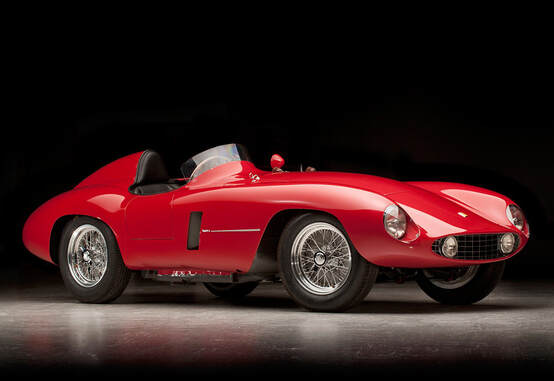
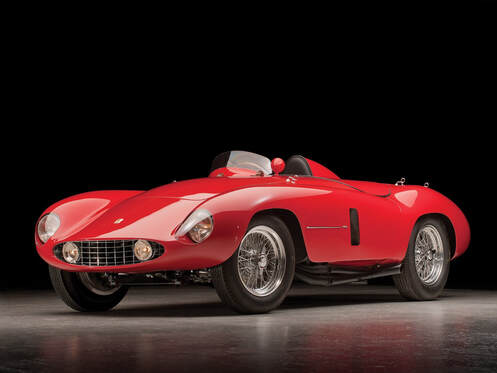
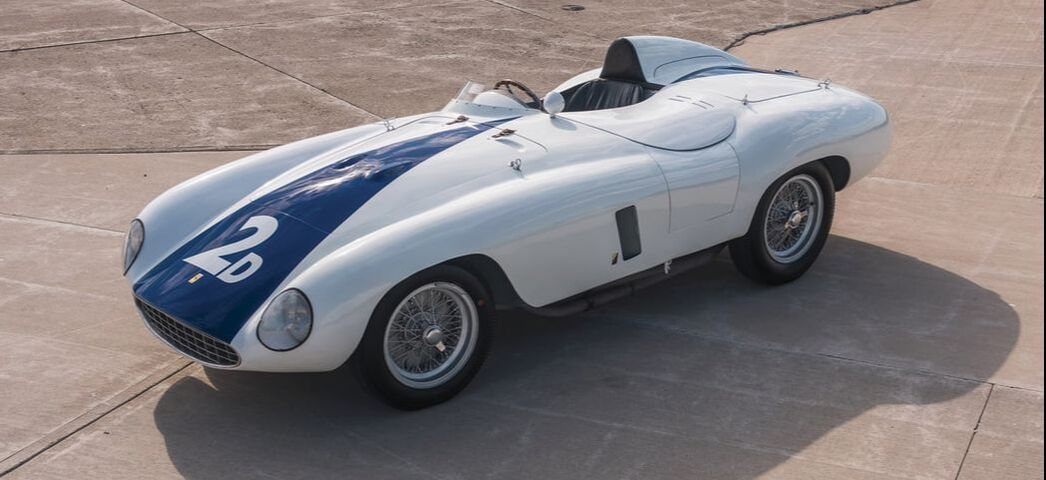
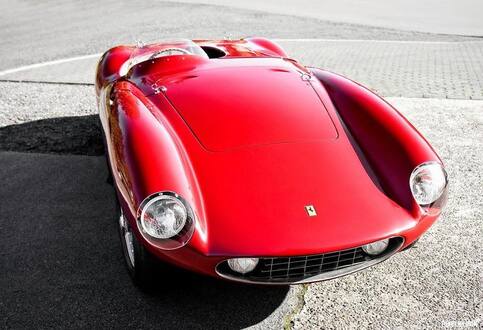
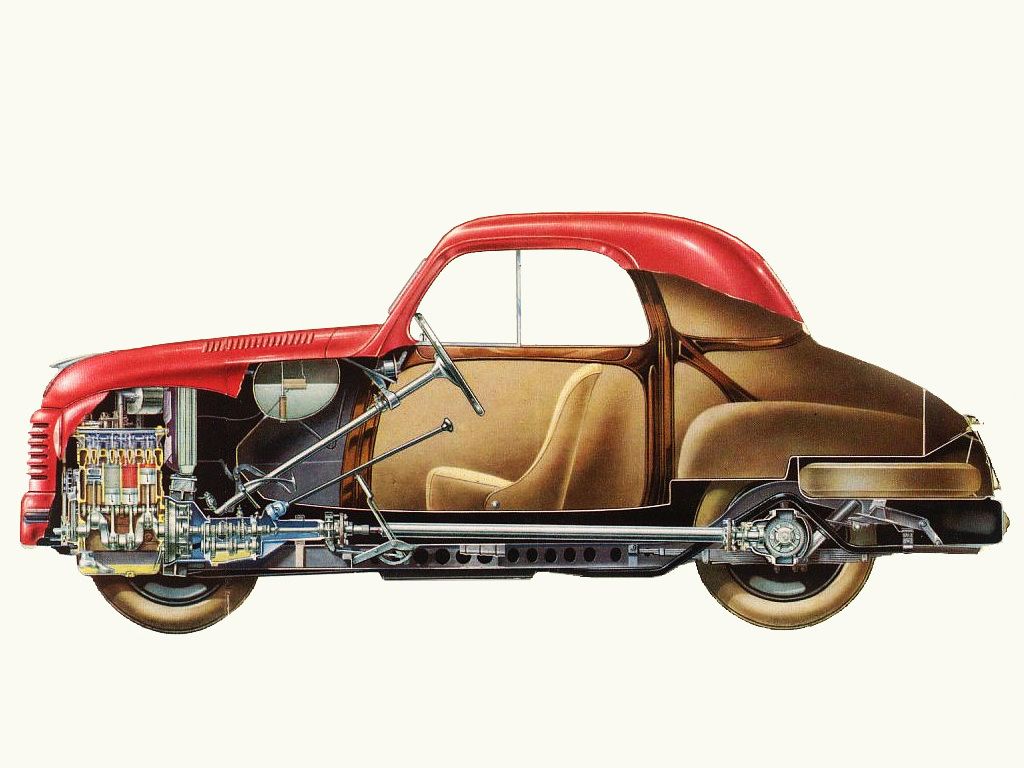
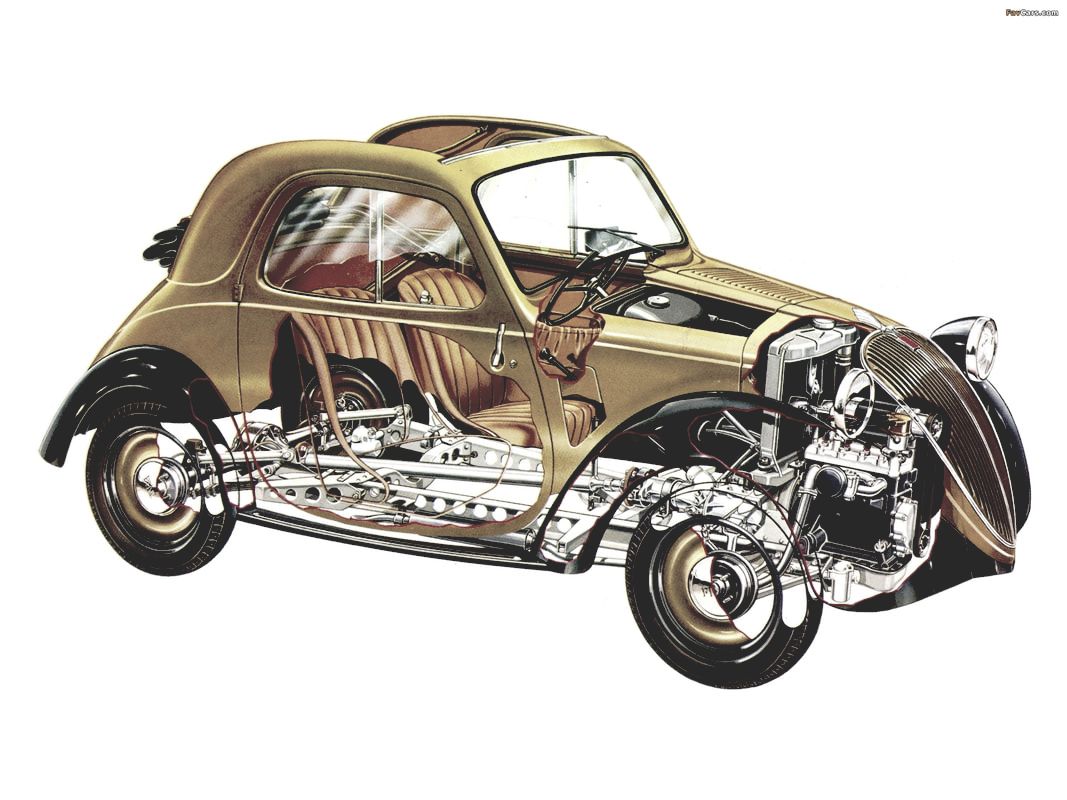
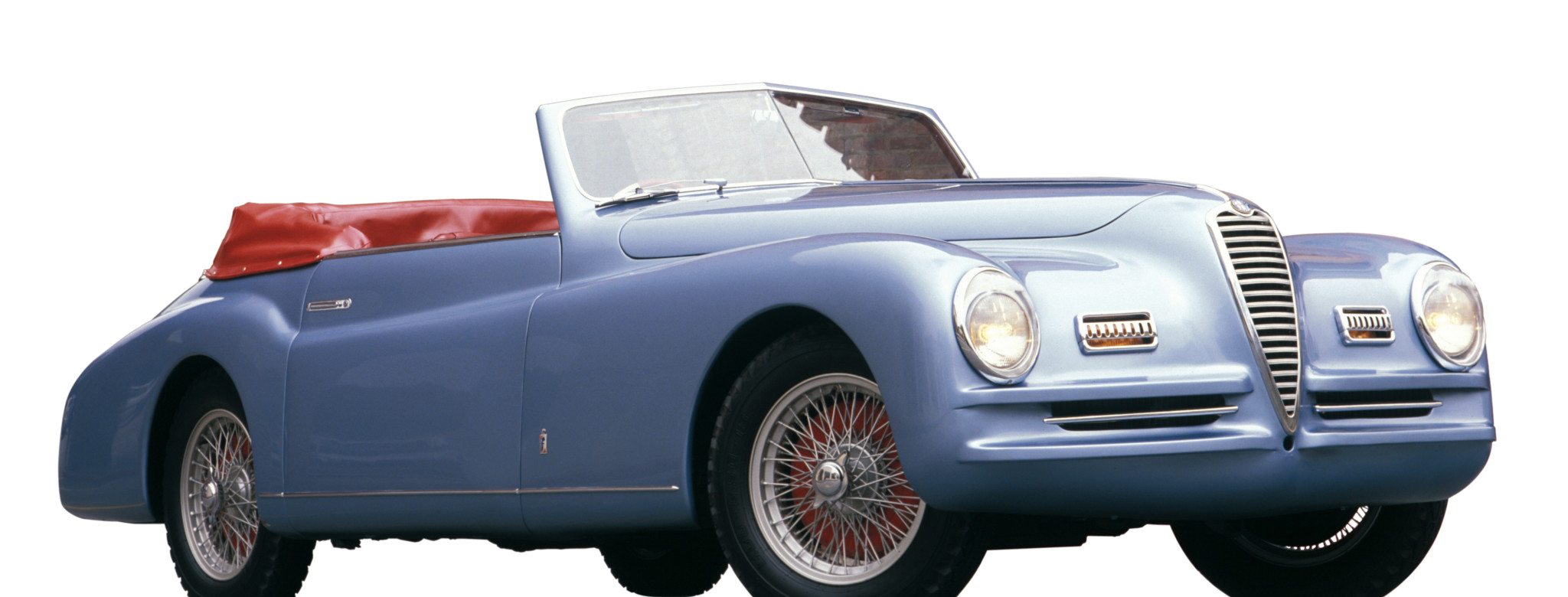
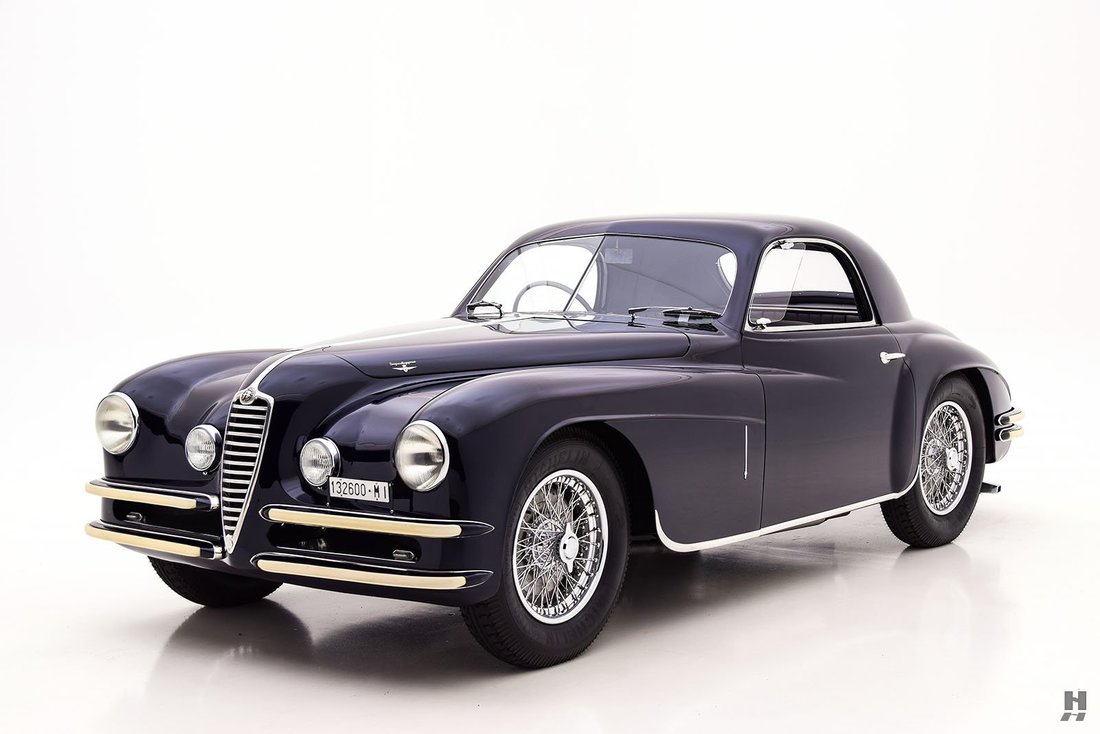

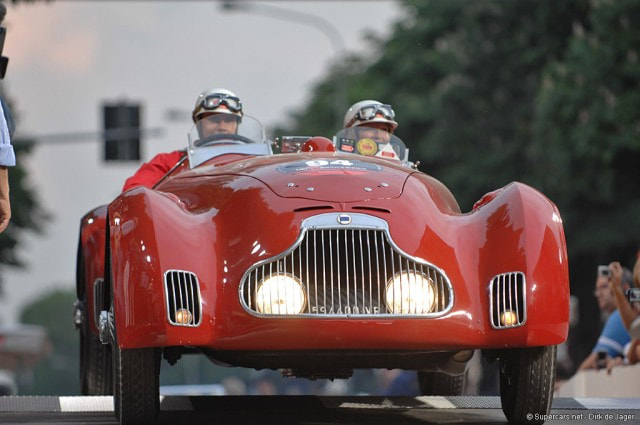
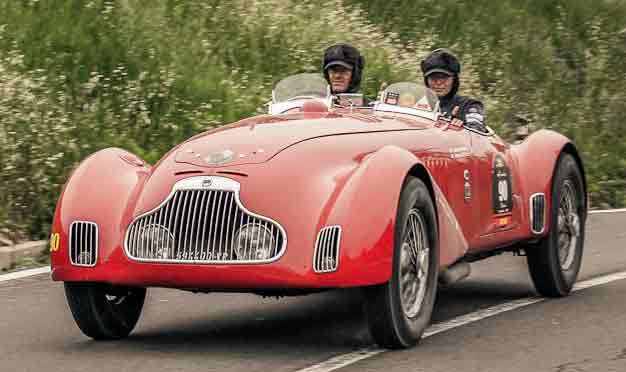

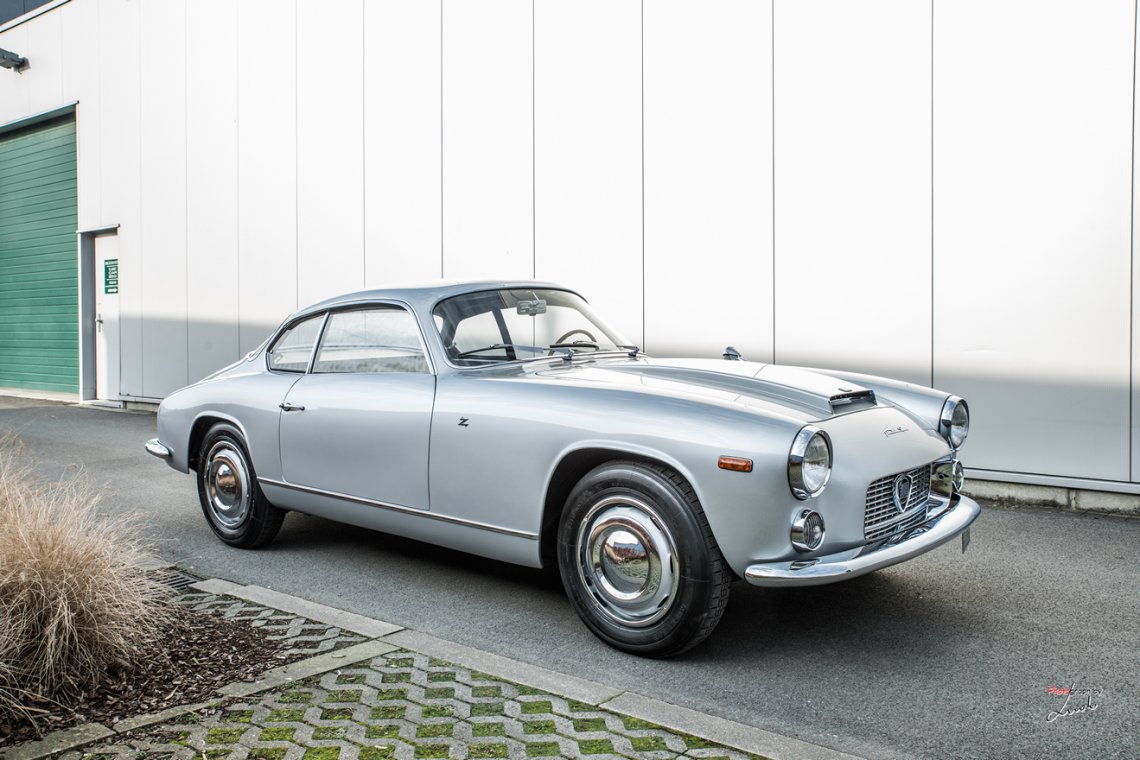
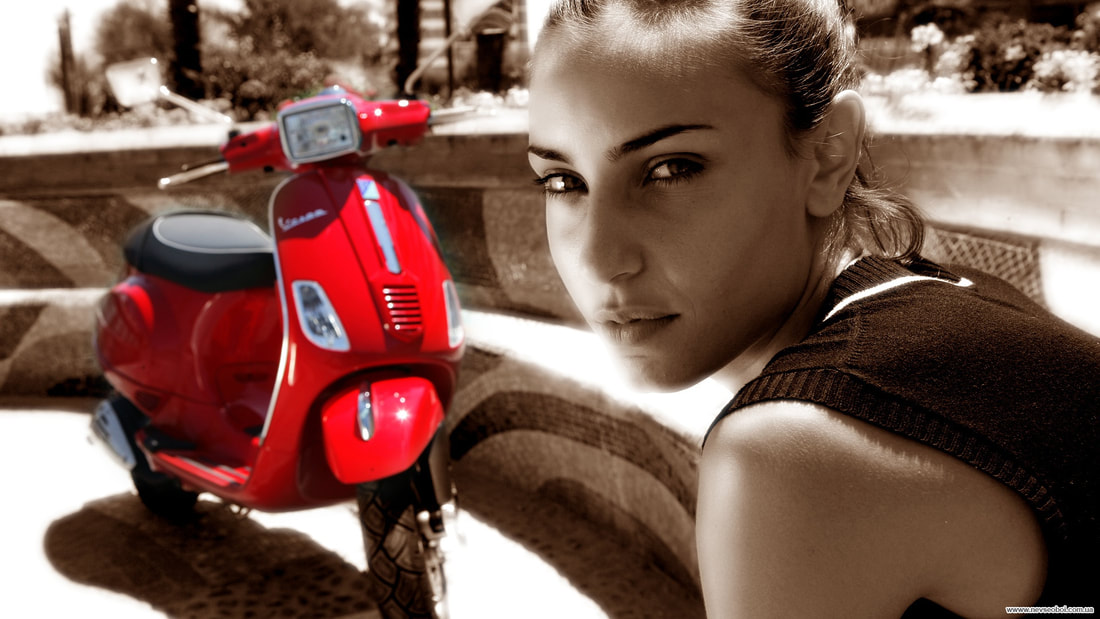
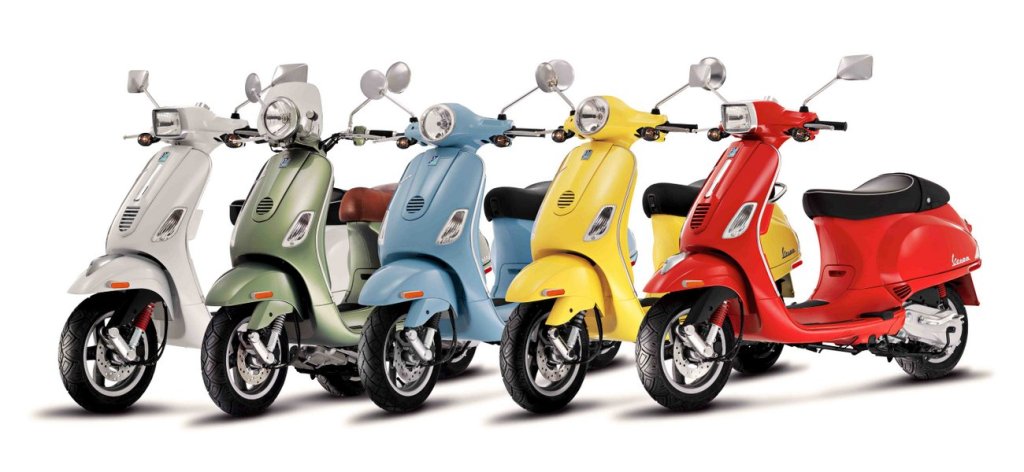
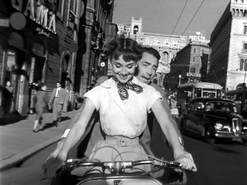
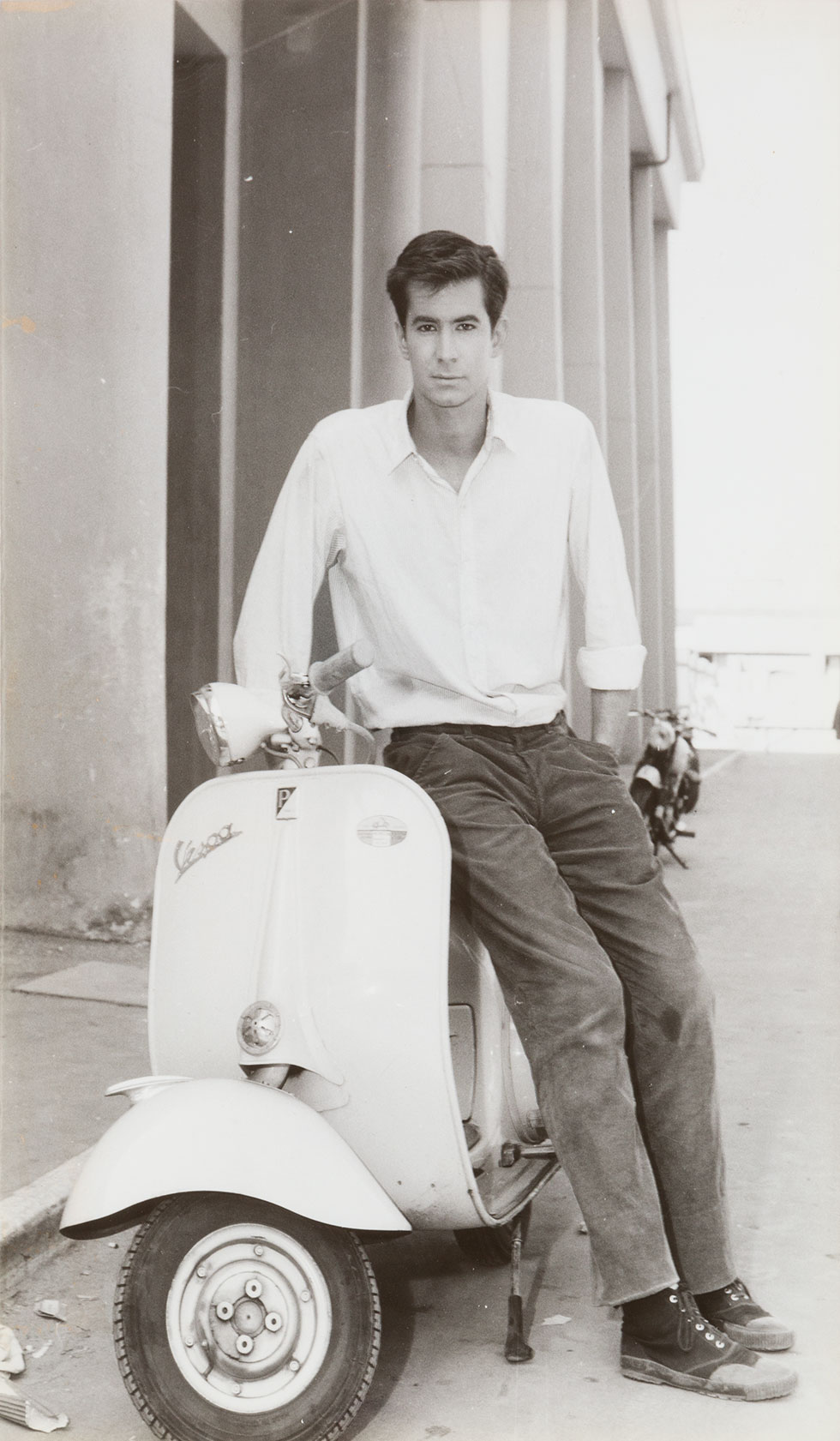
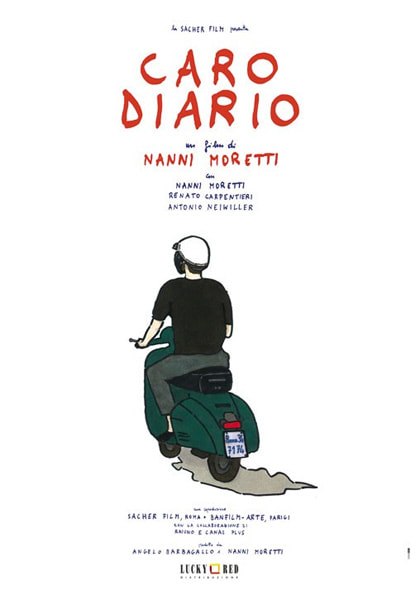
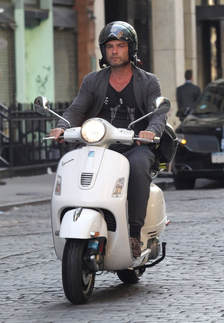
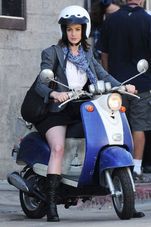
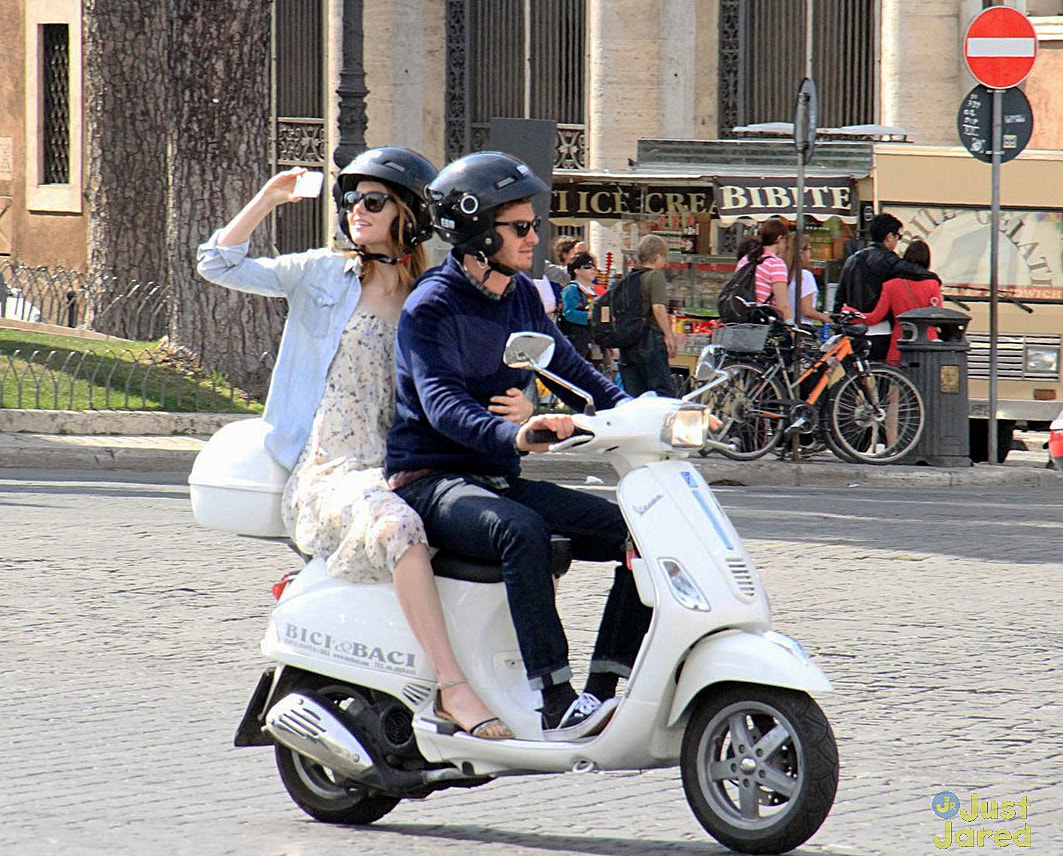
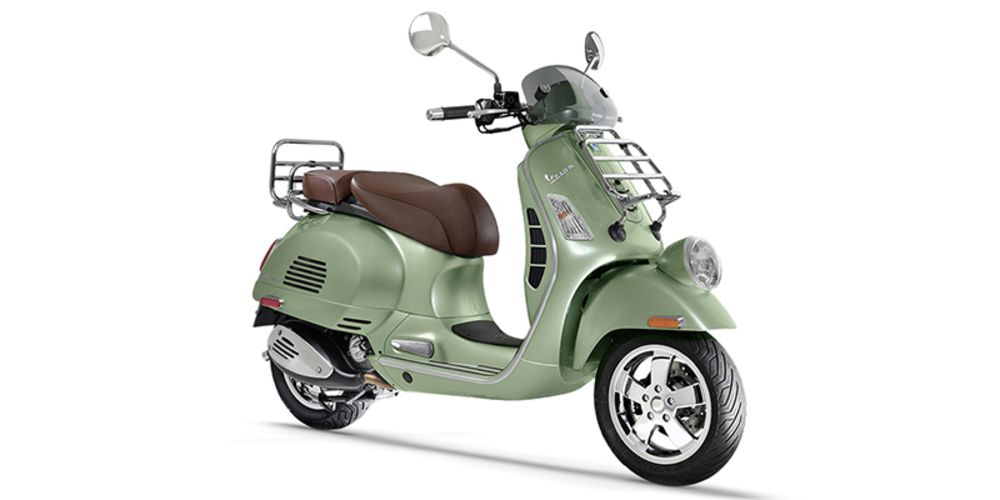
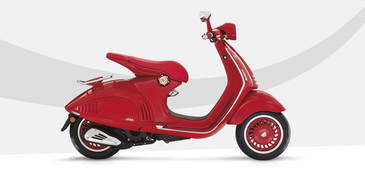
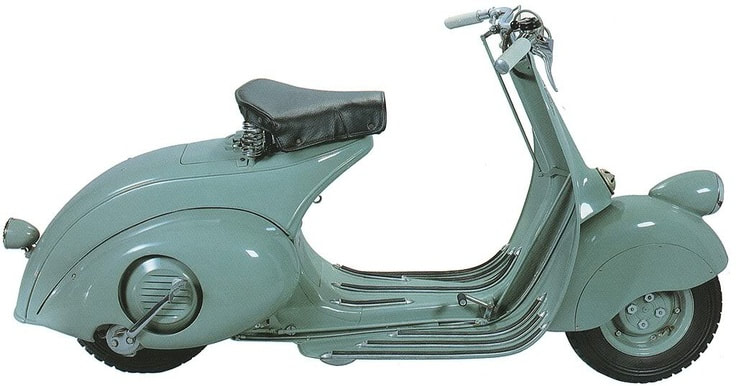



 RSS Feed
RSS Feed
